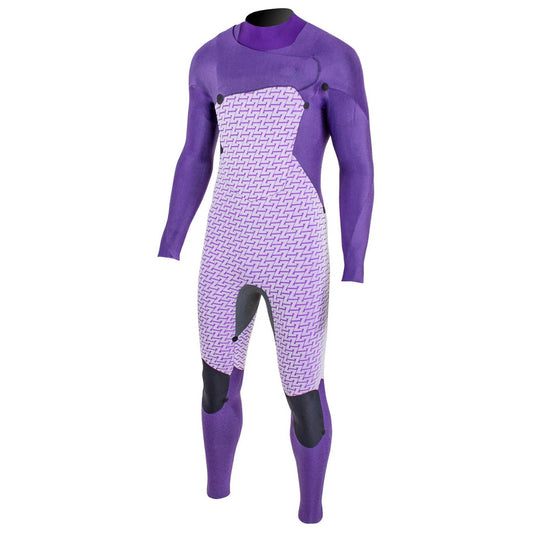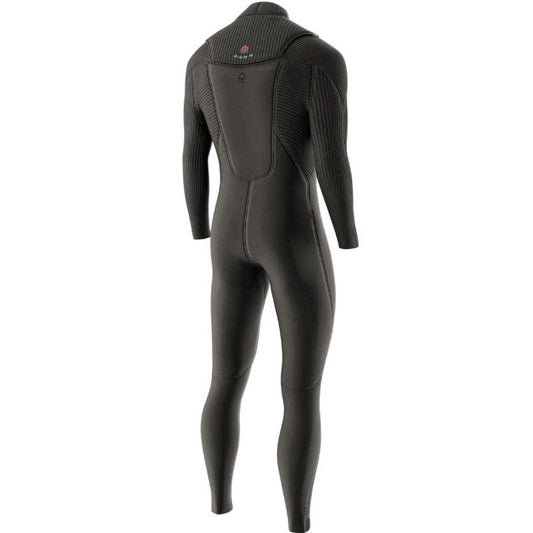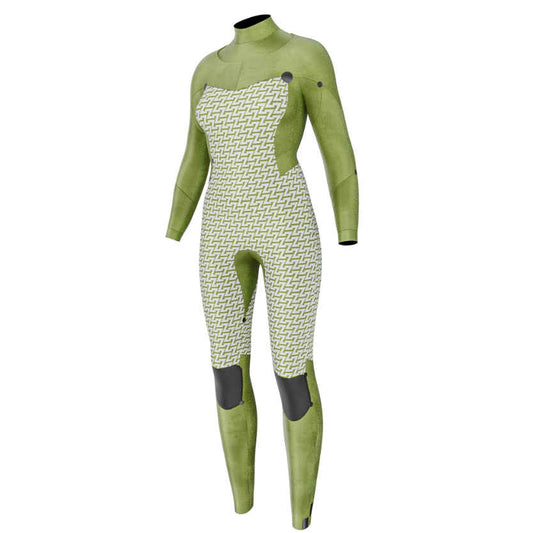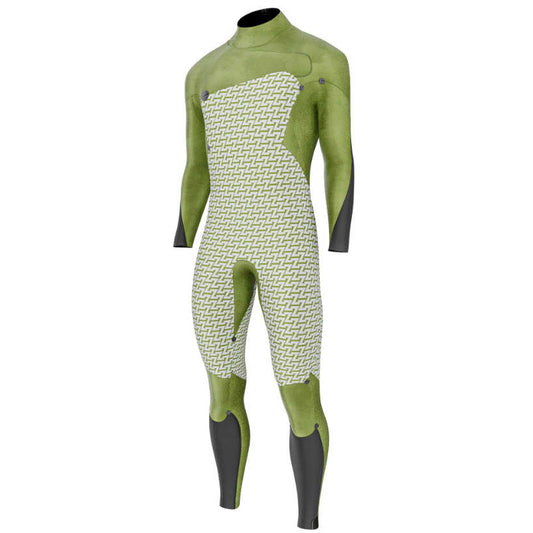How Thick Does My Wetsuit Need To Be? | Poole Harbour Watersports
Ella DavisShare
How Thick Does Your Wetsuit Need to Be?
If you’re hoping to do some Watersports over the summer you might want to invest in a wetsuit, but with the range of options on the market - and the varying price tags - it can be hard to know where to begin.
Do you Feel the Cold?
One of the best places to start is to think about how cold you get. If you’re the kind of person who’s got numb fingers and toes after ten minutes in the water, you’ll want to invest in a thicker suit than someone who is comfortable wearing shorts in the depths of winter.
What does the Thickness mean?
Most wetsuits will have thicker neoprene on the body than on the arms and legs. Typically, a winter wetsuit will have 5mm neoprene on the torso and thinner 4mm or 3mm on the arms and legs to aid in flexibility in the limbs, often abbreviated to 5/4 or 5/3 wetsuits. Summer wetsuits are often 3mm in the torso and 2mm in the limbs, therefore called 3/2 wetsuits.
As a general rule, the thicker the neoprene, the warmer the suit. Advances in wetsuit technology in recent years mean that even suits with thick neoprene are still incredibly comfortable to wear. However new technologies coming out in wetsuits are now helping increase the warmth of suits without making them thicker (see our other wetsuit blogs for more info on wetsuit technologies).
Do you need just a wetsuit?
Wetsuit accessories such as gloves and boots make a huge difference in the colder waters. So, if you already have a 5/4 winter wetsuit on and still can’t feel your hands and feet these will make a huge difference. Once again these come in different thicknesses depending how cold you get. Oh and don’t underestimate the difference a wetsuit hood can make in the depths of winter!!!
What sport are you doing?
You should also think about what Watersports you’ll be doing when you’re buying a wetsuit. Any sport that involves you spending a lot of time in the water, such as surfing, swimming or diving will require a thicker suit. If you’re planning to do activities like kayaking or SUP, where you’re on the water (and plan not to fall in), you can probably get away with a thinner wetsuit without getting cold.
Below is a rough guide from O’Neill of what they recommend you wear in different outside temperate. However, this can still vary depending on how hot or cold you get.

Need more advice?
Come and speak to us about our range of wetsuits. We’ve got lots of men’s women’s and kids wetsuits in stock!
We can also help size you up!











